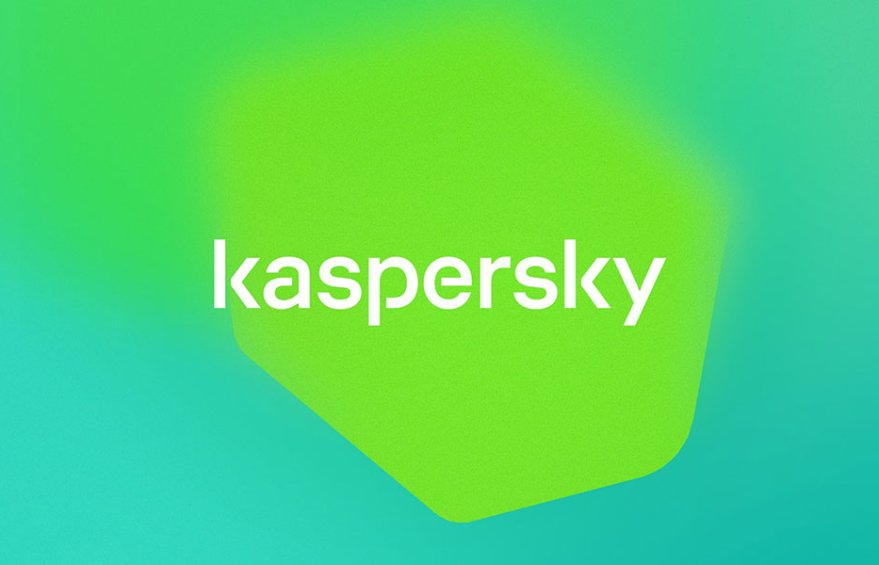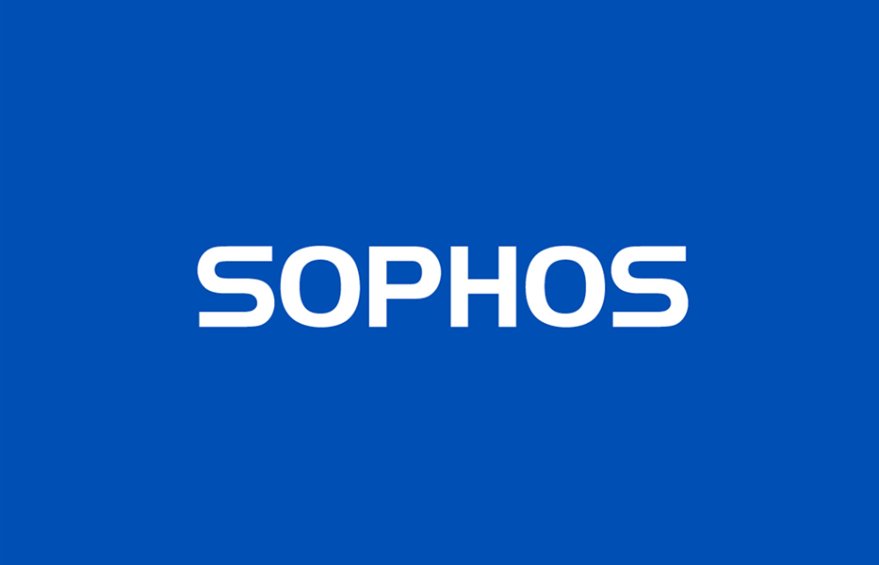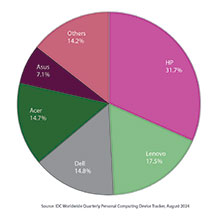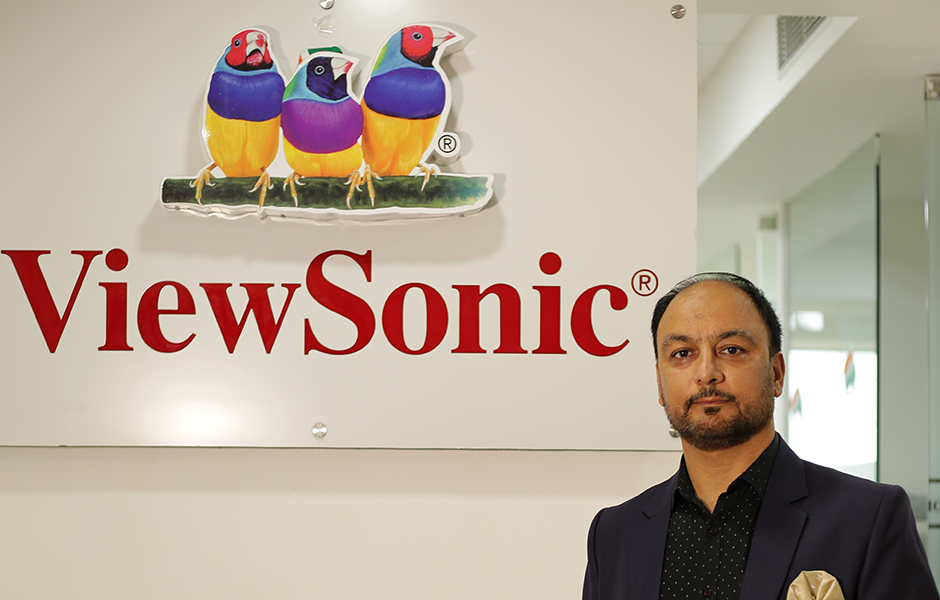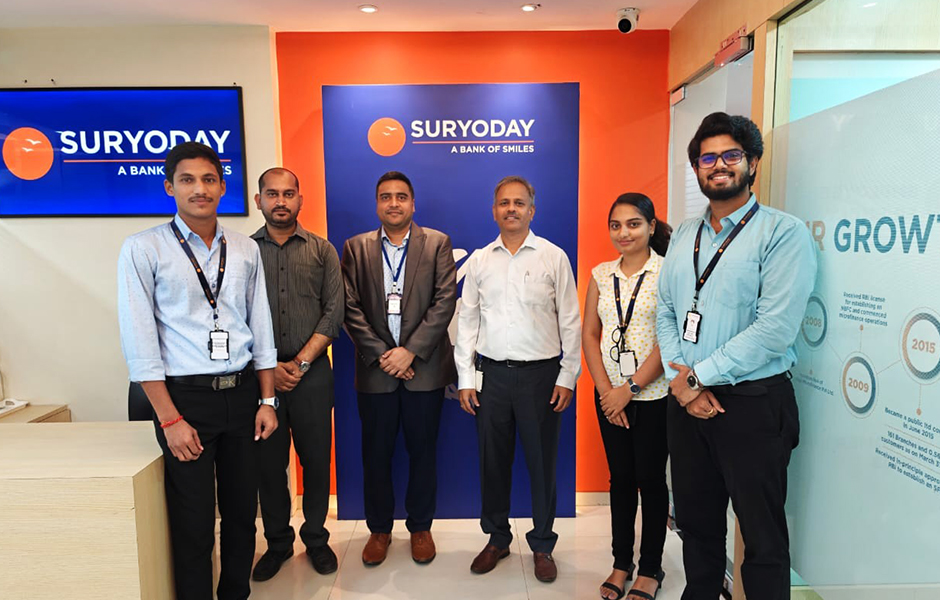Red Hat and Meta join hands to advance open source AI for modern enterprises
Digital Edge Bureau 22 May, 2025 0 comment(s)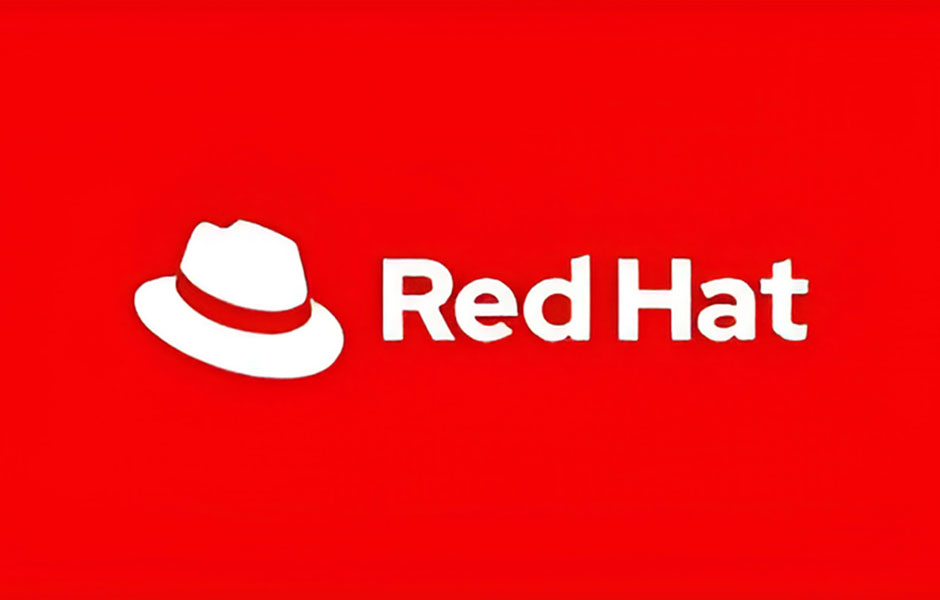
Red Hat, the world’s leading provider of open source software solutions, and Meta have struck a collaboration to spur the evolution of generative AI (gen AI) for the enterprise. This collaboration started with Red Hat’s day 0 enablement of the groundbreaking Llama 4 model family on Red Hat AI and the high-performing vLLM (v irtual Large Language Model) inference server.
Building on this momentum, Red Hat and Meta will also champion the alignment of the Llama Stack and the vLLM community projects, helping to drive unified frameworks for the democratization and simplification of open gen AI workloads.
As part of this collaboration, Red Hat is actively contributing to the Llama Stack project, helping further enhance its capabilities as a compelling choice for developers building innovative, agentic AI applications on Red Hat AI. With Red Hat AI, Red Hat maintains a commitment to supporting a diverse range of agentic frameworks, including Llama Stack, fostering customer choice in tooling and innovation.
This enablement aims to provide a robust and adaptable environment to accelerate the development and deployment of next-generation AI solutions, a wave that embraces the evolving landscape of agentic technologies.
The vLLM project, already pushing the boundaries of efficient and cost-effective open gen AI, gains further momentum with Meta’s commitment to deepen community contributions. This collaboration gives vLLM the capacity to provide Day 0 support for the latest generations of the Llama model family, starting with Llama 4. vLLM is also part of the PyTorch Ecosystem where Meta and others collaborate to foster an open and inclusive tools ecosystem.
This validation positions vLLM at the forefront of unlocking gen AI value in the enterprise. Gartner says that by 2026, more than 80 percent of independent software vendors (ISVs) will have embedded generative AI capabilities in their enterprise applications, up from less than one percent today. This underscores the urgent need for the open, interoperable foundations that Red Hat and Meta are pioneering.
The collaboration between Red Hat and Meta directly addresses the critical requirement for more seamless gen AI workload functionality across diverse platforms, clouds and AI accelerators, particularly at the crucial application programming interface (API) layer and within the ‘doing’ phase of AI – inference serving.


